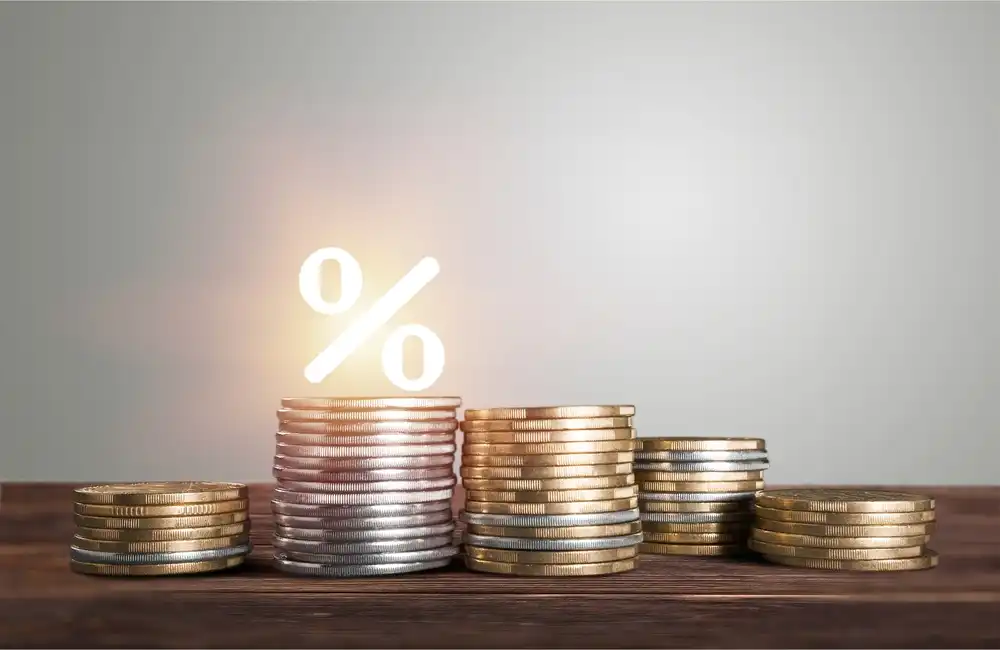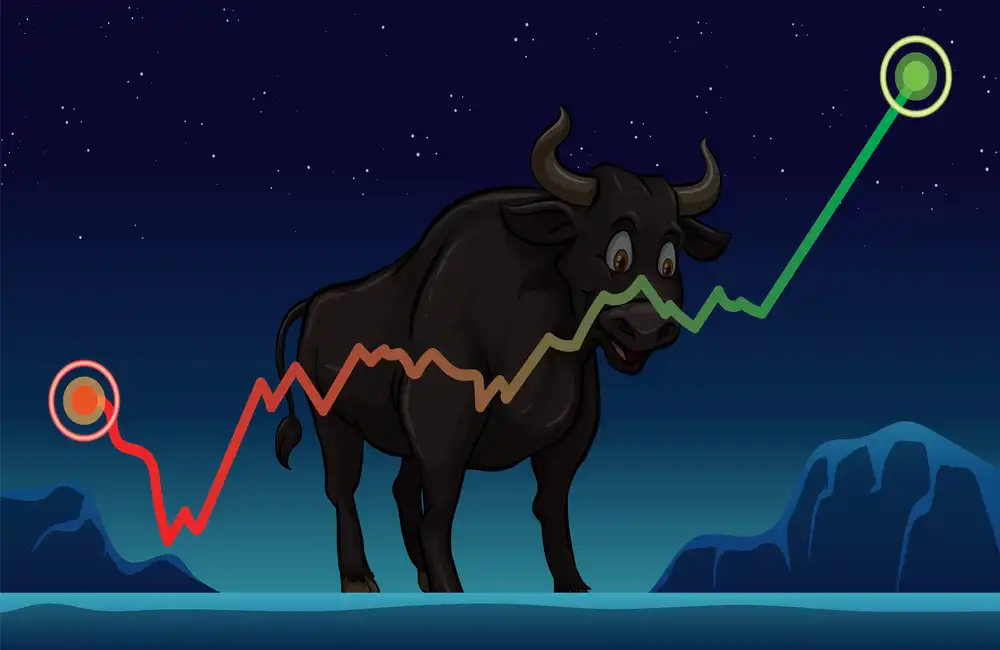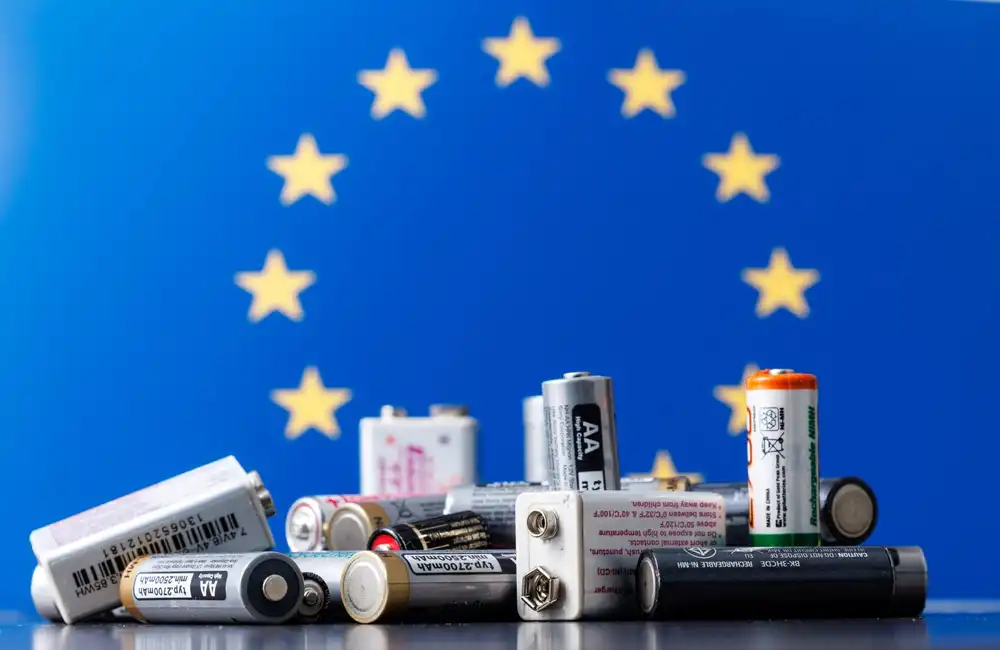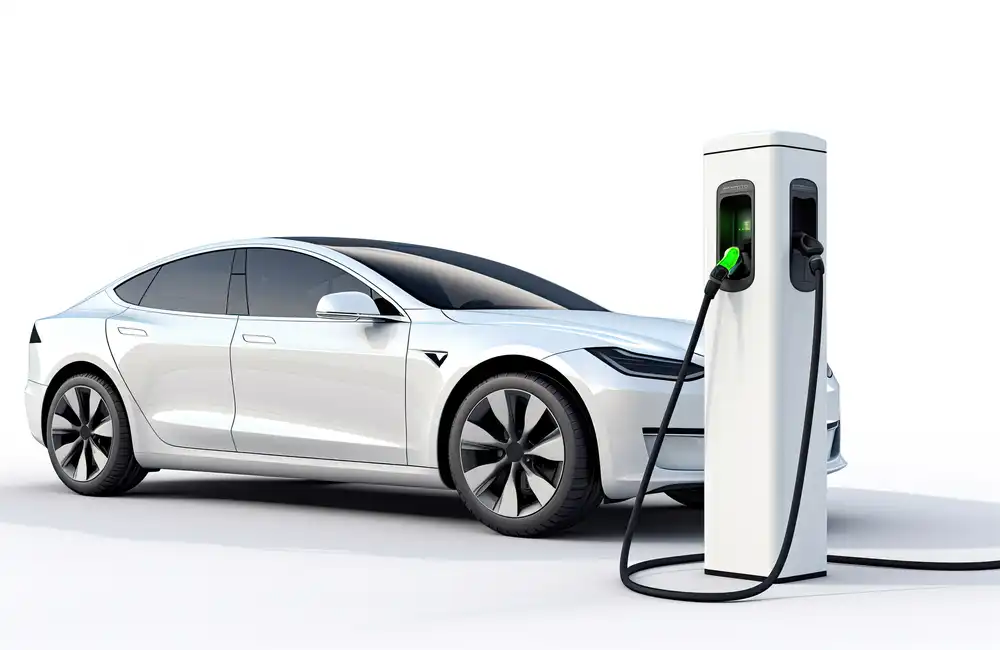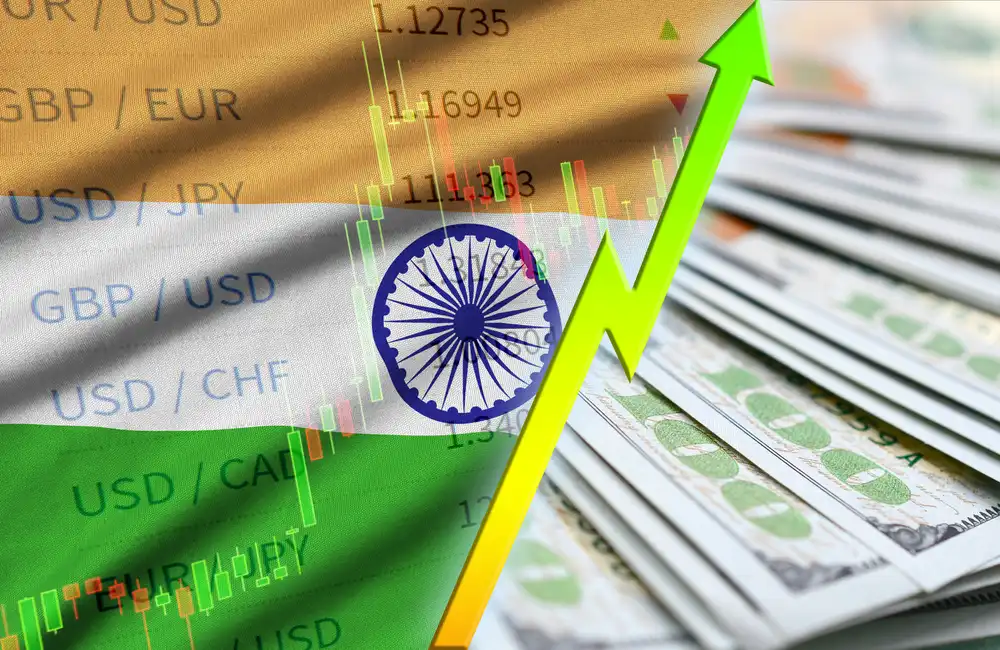For the EU, the developing battery industry cannot get critically dependent on foreign sources," European Commission Policy Officer, Innovation, Research, Digitalisation, Competitiveness.
“We have to be cautious to get all our value chains to speed as quickly as this transition happens, because the batteries are becoming more and more vital,” Jens Bartholmes said on a Eurobat webinar Nov. 15.
“But we have learned the hard way that we have to reduce any critical dependencies of our energy system,” Bartholmes said, an allusion to dependence on Russia for gas supplies.
“This was a wake-up call on the importance of having an undiversified but also a sustainable, homegrown value chain on everything we have in the energy sector, or at least get pretty close.”
To do so, the EU and European industry needed a competitive manufacturing sector, it needed the technology battery sector for its planned deployment of renewables, it needed a manufacturing sector that was enterprising enough to chase a value chain that included battery storage, and it needed for the EU to become, effectively, an energy island.
“We have to be careful that we don’t run from one dependency into the next one, so when we develop batteries of the future and the whole battery value chain, to keep very much in consideration about the fact that we have to stay away from critical raw materials that could strangle the whole process and that we have to get production but also skill and the best talent,” Bartholmes said.
“We need to leap from ‘Made in Europe’ to ‘Invented in Europe,’ and build our homegrown battery industry strong and fast,” he said, including using the right battery chemistries, including those with lower cobalt content.
Unprecedented pace
Demand for effective batteries in Europe was accelerating at an extraordinary rate, Bartholmes said.
“It is very much about that new future that we are heading into, which will be electric, particularly now it has been brought forward in speed that we didn’t expect some time ago through the political situation and pushes the migration even more from fossil to electric.”
The automotive sector was one of the key drivers, with the EC anticipating some 50 million electric vehicles will hit European roads by 2030.
“That means, and this might be conservative, we are going to the terawatt scale of batteries. I have 1.5 TWh,” said Bartholmes.
“I hear from [Eurobat] estimates that this can be up to fourfold higher and we will also have a much larger, but still low by cars standards, 80 GWh stationary batteries that we need for 2030,” But that could see an extreme rise in the coming years because the smart grid and smart energy systems we are looking at are going to, we believe, require far more stationary [batteries] than is projected today.”
By 2050, furthermore, European carmakers alone need to have swapped the entire car fleet, some 250 million vehicles, for electric ones, and battery manufacturing capacity would have to increase accordingly.
“There is a concrete proposal on the table to put an end to combustion engines by 2035, so that will go further,” Bartholmes said.
The REPowerEU renewable energy plan was also due to add additional guidelines that might sharply increase stationary batteries in the range 100s of GWh in 2030, he said, which would pressure the battery sector all the more, but would also form "a massive opportunity to rise to his challenge."
Digitalization
Bartholmes called for greater attention to the digitalisation of the energy system, noting there had recently been launched an EU action plan on the digitalisation of the energy system with funding programme Horizon Europe dedicated to research.
That would play into both the green deal and REPowerEU, with him arguing that if the EU were to meet its ambition of 45% of renewables by 2030, it needed to put more emphasis on the smart handling of batteries and the totality of the system.
“We believe decarbonization in general, electrification in specific will rely on digitalization to be able to work and we need to steer that, this whole energy and digital transition we adopted this action plan which gives some pushes into the directions that we need to pay more attention when it comes to cyber security of these new smart systems,” he said.
EC initiatives
The E.U. Solar Photovoltaic Industry Alliance, the European Clean Hydrogen Alliance, the European Raw Materials Alliance, and the European Battery Alliance had all been created to bolster value chains and promote domestic production, Mr. Bartholmes said.
We believe we are on track there because for 2025, we expect to be able to meet 69% of the demand for batteries and then, by 2030, up to 89%. And we hope we can deliver on this.
There had been “huge progress” in battery technology in the EU but still “a lot to do,” Bartholmes said, referring to the EC’s annual report on the competitiveness of energy technologies adopted Nov. 15.
There were also upcoming battery regulatory proposals that were at the final stage of the legislative process, which would hopefully push the sector further, while Eurobat had helped steer the EC’s battery agenda to align with green deal objectives, he said.
BATT4EU was allocated Eur 1 billion ($1.04 billion) through Horizon Europe for battery research to ensure that the whole battery value chain can be protected from external shocks.
The EC had already invested around Eur 150 million into energy storage projects whilst also existing were the two battery-centric Important Projects of Common European Interest that together included a further Eur 6.1 billion in state aid and Eur 15 billion worth of private sector investments, according to Bartholmes.


